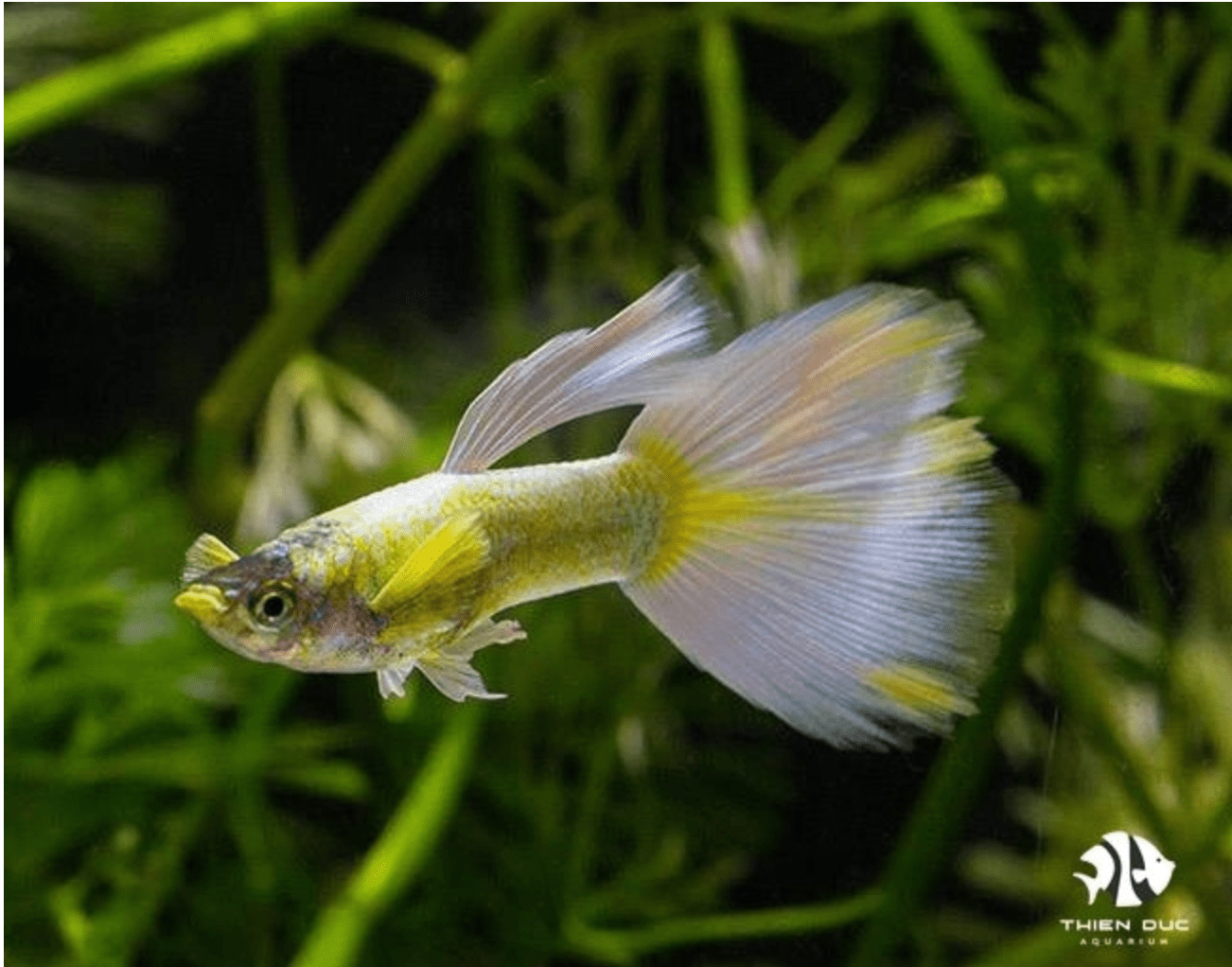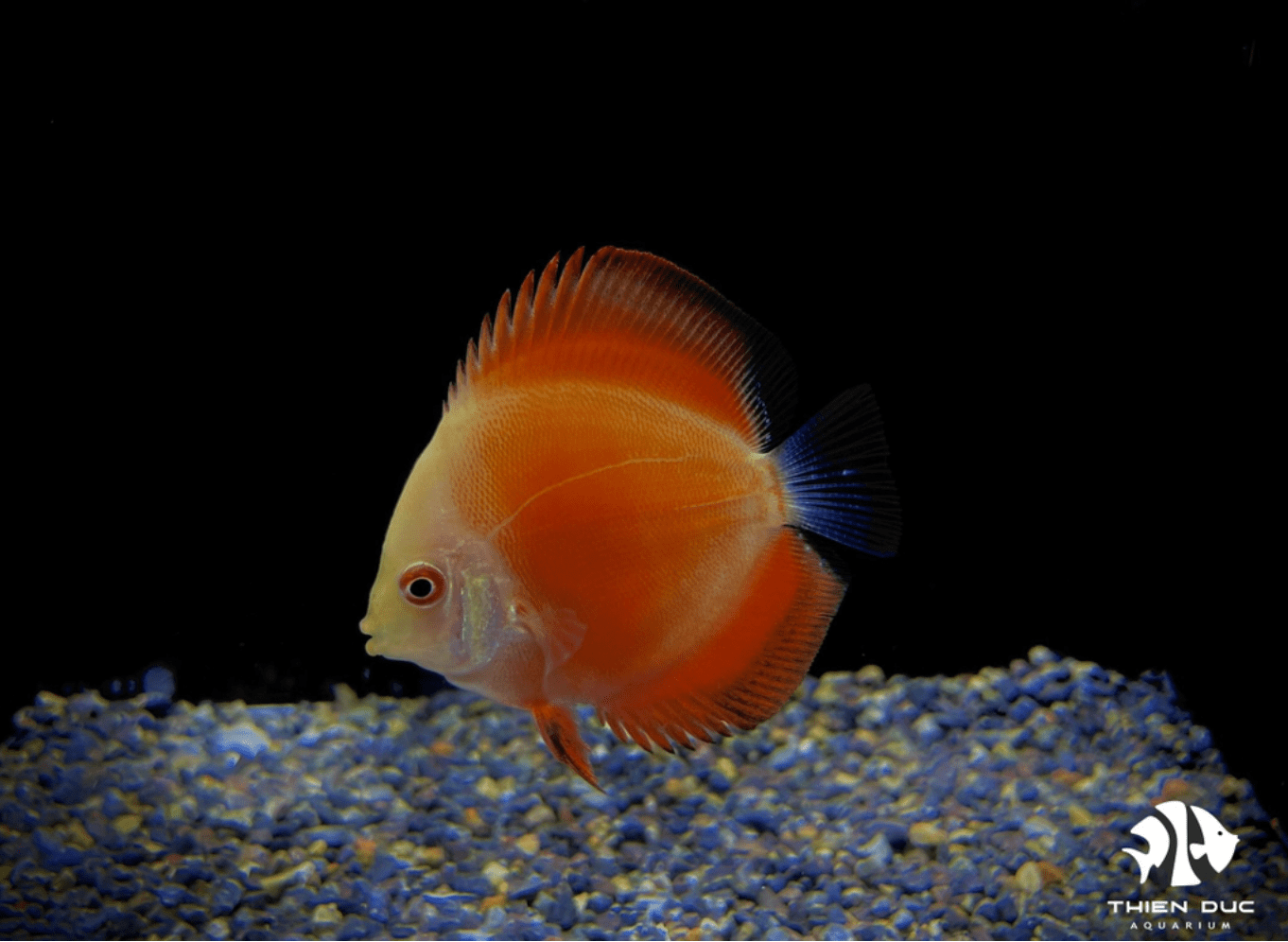Aquarium-Safe Driftwood: A Guide to Safe Preparation
Driftwood is a popular choice for aquariums in the EU, providing hiding places for fish and a surface for beneficial bacteria. At THIENDUC AQUARIUM, we know our fish thrive in natural homes, and the right aquarium-safe driftwood is key. However, unprepared wood can cause issues like brown water or chemical fluctuations. Proper preparation is essential for a healthy aquarium ecosystem. This guide will walk you through the process, ensuring your driftwood is a safe and beneficial addition.
Step 1: Picking the Proper Wood
The journey to a perfect aquascape begins with the right choice of wood. Not all wood is created equal, and some types are simply not suitable for submerged use.

Types of Safe Wood
When selecting driftwood, look for varieties that are dense and naturally resistant to rot. These are the most popular and accessible choices.
-
Mopani Wood: A favourite in the hobby for its striking two-tone colouration and heavy, dense nature, which makes it sink quickly. A moderate amount of tannins are released.
-
Malaysian Driftwood: This is a very popular choice due to its durability and relatively smooth surface. It is known for releasing a significant amount of tannins initially, which can be managed with proper preparation.
-
Cholla Wood: The porous, hollow structure of cholla cactus skeletons makes it perfect for shrimp and small fish, which use it for cover. It releases very few tannins.
-
Manzanita Wood: Often chosen for its intricate, branching forms, Manzanita is a lightweight but durable hardwood that releases minimal tannins.
Wood to Avoid
Certain woods should never be used in an aquarium. Woods that are soft, contain saps, resins, or high levels of harmful compounds can leach toxins into the water, with potentially fatal consequences for your aquatic inhabitants. Steer clear of softwoods like fir, pine, and cedar. Similarly, any wood treated with chemicals or paints is a definite no-go.
Sourcing Aquarium-Safe Driftwood
For sourcing, you have two main options. The safest and most convenient method is to purchase pre-cured driftwood from a reputable pet store. These pieces are typically sterilised and pre-soaked, saving you a great deal of time and effort. As an alternative, some hobbyists enjoy the challenge of collecting their own wood. This can be rewarding, but it comes with significant risks.
Warning: The Dangers of Collecting Your Own Wood
If you choose to collect wood from nature, you must be absolutely certain of its species and condition. Fungi, insects, and bacteria can all hitch a ride on collected wood. For EU hobbyists, it is crucial to avoid wood from environments contaminated by industrial runoff or pesticides. The only way to be certain it is aquarium-safe driftwood is through thorough and meticulous preparation.
Step 2: Cleaning and Sterilization
This is the most critical stage of the preparation process. The goal is to remove all organic debris and kill any microorganisms that could harm your fish.
Initial Cleaning
Begin by giving the driftwood a good scrubbing with a stiff brush and clean water. Remove all loose bark, dirt, and any other visible debris. This is a messy but essential first step to prepare the wood for sterilisation.

Boiling for Tannin Removal and Sterilisation
Boiling is the gold standard for preparing aquarium-safe driftwood. The high heat not only kills bacteria, fungi, and algae spores but also helps to purge tannins and sap from the wood’s pores, helping it sink faster.
How Long to Boil
Place the driftwood in a large pot and bring it to a boil. The water will quickly turn a murky brown colour. After draining the water, do it again. Continue boiling and changing the water until the water is running mostly clear. For some pieces, this may take several hours over a day or two.
What to Do If the Wood is Too Large
If your piece of wood is too large to fit into a pot, you can soak it in a large container. Pour boiling water over the wood and allow it to sit for a few hours, changing the water when it cools down. This will not be as effective as a full boil but will still help with tannin removal.
Alternative: Baking
For those who cannot boil their driftwood, baking is a viable alternative for sterilisation.
-
Temperature and Duration: Preheat your oven to a low temperature, around 100°C (212°F). Place the wood on a baking sheet lined with foil and bake for several hours. This will dry out the wood and kill most pathogens.
-
Safety Warnings: Be extremely cautious. The oven should never be left running unattended. Baking can cause the wood to release a smoky smell, so ensure you have proper ventilation. Only use this method for smaller, fully cleaned pieces.
Step 3: Soaking to Remove Tannins and Ensure Sinking
Even after boiling or baking, most driftwood will release some amount of tannins. Soaking is the final, crucial step to prepare your wood.
The Purpose of Soaking
Tannins are organic compounds that can tint your tank water brown, a process known as "blackwater" or "tea-stained water." While some aquarists, particularly those keeping wild-caught fish from THIENDUC AQUARIUM, appreciate this effect, as it can mimic a natural river environment, others prefer crystal-clear water. Soaking helps to control this. Additionally, soaking helps the wood become waterlogged, preventing it from floating when placed in the aquarium. This is the last step in creating a truly aquarium-safe driftwood piece.
How to Soak
Place the wood in a large bucket, tub, or container and submerge it completely. Use a weight, such as a rock, to keep it from floating. Change the water daily, or whenever it appears murky brown. Continue this process until the water stays clear for a few days in a row. For a large piece, this can take several weeks or even months. Patience is key to creating a truly safe and stable aquascape. This long, careful process is why we at THIENDUC AQUARIUM understand the value of quality, and why we work with the best farms to provide high-quality fish that are caught, tamed, and supplied with the utmost care, mirroring the meticulous preparation required for aquarium-safe driftwood.
Troubleshooting
If your driftwood still floats after weeks of soaking, don't despair. You can either continue soaking it, or you can secure it in place in your tank.
Step 4: Final Rinse and Placement
Once your wood is completely prepared, you are ready for the final steps.
Final Rinse
Before placing the wood in your tank, give it one final rinse with dechlorinated water to remove any residual particles. The goal is to make sure your aquarium-safe driftwood is pristine.

Placement
Arrange the wood in your tank in a way that is both aesthetically pleasing and functional for your fish. Consider creating caves and crevices for your fish to hide in. They'll feel safer and experience less stress as a result. The natural look of aquarium-safe driftwood complements the vivid colours of our freshwater ornamental fish from THIENDUC AQUARIUM, creating a stunning and harmonious display.
Securing the Wood
If the wood still has some buoyancy, you can weigh it down with heavy stones or slate. Some aquarists use aquarium-safe silicone to attach it to a larger, flat rock. Within a few weeks, the wood will typically become fully waterlogged and will no longer float on its own. Now, your aquarium-safe driftwood is ready to go.
Conclusion: Enjoying Your Natural Aquascape
Preparing aquarium-safe driftwood is a worthwhile investment. It not only beautifies your tank but also creates a healthier home for your fish. At THIENDUC AQUARIUM, we value this dedication and are proud to support your passion for the hobby by offering high-quality fish to complement your natural aquascapes.
If you have any questions about our products or need advice on creating the perfect habitat, feel free to reach out to us.
Contact Information:
-
Address: 57 Le Thi Sieng, Tan Thong Hoi, Cu Chi, Ho Chi Minh City, Viet Nam
-
Mobile: +84903912501
-
Office: +84982577871
-
Email: thien@thienducaquarium.com










